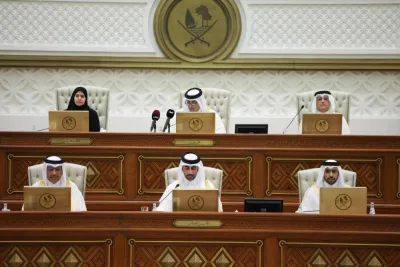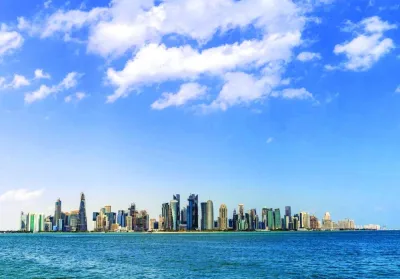Qatar seen to raise tourism sector share in country’s GDP to 12% by 2030


Following the World Cup, Qatar Tourism launched a series of global marketing campaigns to promote tourism in the country. The ‘Feel More in Qatar’ campaign was launched in December 2022 with the aim of showcasing the country’s position as a tourist destination. PICTURE: AFP/FIFA
To support this surge in tourism, the country has a “strong lineup” of hotel projects under construction. By the end of 2023, Qatar had over 36 projects underway, with 8,922 rooms under construction, Alpen Capital said in its report on ‘GCC Hospitality Industry’.
According to the researcher, Qatar recorded 2.6mn international tourist arrivals in 2022, compared to 0.6mn in 2021. Qatar was the only country in the GCC to surpass pre-pandemic levels, achieving 119.8% of the 2019 arrival figures.
This significant increase in arrivals was due to the major events that took place in 2022, such as the Lusail Super Cup, the Darb Lusail Festival, the Qatar Motor Cycle Grand Prix, and the FIFA World Cup 2022.
Following the World Cup, Qatar Tourism launched a series of global marketing campaigns to promote tourism in the country. The ‘Feel More in Qatar’ campaign was launched in December 2022 with the aim of showcasing the country’s position as a tourist destination.
As a result, Qatar witnessed a 58.4% growth in international tourist arrivals in 2023, reaching a five-year high of 4.1mn arrivals.
In terms of occupancy rates, Alpen Capital noted that in Qatar, it remained stable at 57% (from 2020 – 2022). Although international tourist arrivals in the country surged over threefold to reach 2.6mn in 2022, the demand was met through the increased supply of hotels in anticipation of the FIFA World Cup 2022.
Even after the tournament, Qatar continued to consistently attract tourists. However, it is expected to take some time for the surplus hotel supply to be absorbed by the rising demand for accommodation, the researcher noted.
The increase in occupancy rates over the last three years and rising average daily rate (ADR) levels resulted in increased RevPAR across all the GCC nations.
The average RevPAR in the GCC rose from $45.5 in 2020 to $97.2 in 2022, majorly driven by Qatar, Saudi Arabia, and the UAE.
Qatar witnessed the most significant RevPAR increase, from $56.2 in 2020 to $116.5 in 2022. This growth was due to a substantial increase in the country’s ADR during the FIFA World Cup 2022, which overshadowed the minor decline in the occupancy rate.
The report noted that the successful execution of EXPO 2020 in Dubai and the FIFA World Cup 2022 in Qatar has already solidified GCC’s presence on the global tourism map. Looking ahead, GCC countries will continue to host major events that attract international visitors, it said.



